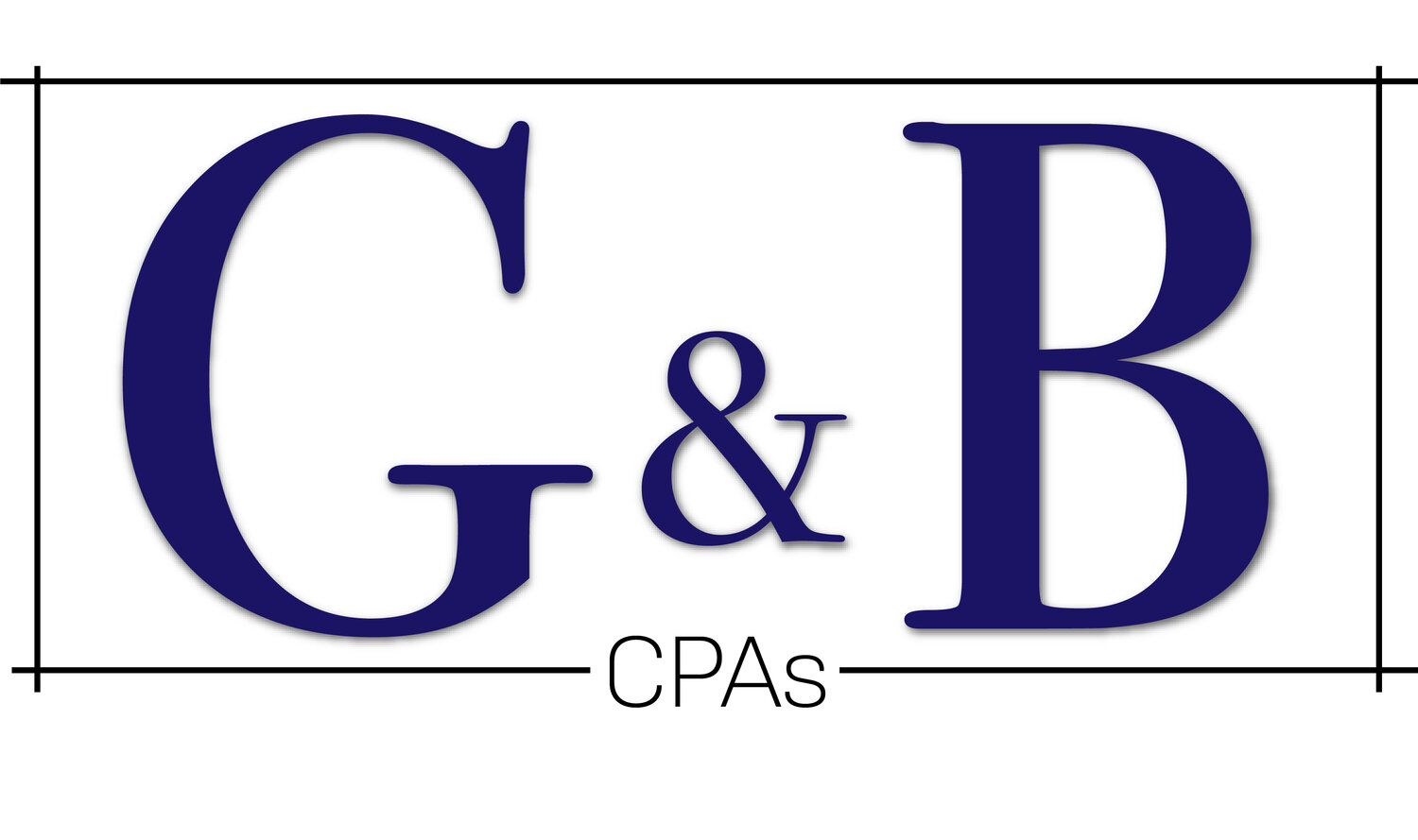𝟐𝟎𝟐𝟒 𝐭𝐚𝐱 𝐟𝐢𝐥𝐢𝐧𝐠 𝐬𝐞𝐚𝐬𝐨𝐧 𝐬𝐞𝐭 𝐟𝐨𝐫 𝐉𝐚𝐧𝐮𝐚𝐫𝐲 𝟐𝟗; 𝐄𝐈𝐓𝐂 𝐫𝐞𝐟𝐮𝐧𝐝𝐬 𝐚𝐯𝐚𝐢𝐥𝐚𝐛𝐥𝐞 𝐬𝐭𝐚𝐫𝐭𝐢𝐧𝐠 𝐅𝐞𝐛𝐫𝐮𝐚𝐫𝐲 𝟐𝟕
WASHINGTON —The Internal Revenue Service today announced Monday, Jan. 29, 2024, as the official start date of the nation’s 2024 tax season when the agency will begin accepting and processing 2023 tax returns.
Although the IRS will not officially begin accepting and processing tax returns until Jan. 29, people do not need to wait until then to work on their taxes if they’re using software companies or tax professionals. For example, most software companies accept electronic submissions and then hold them until the IRS is ready to begin processing later this month. IRS Free File will also be available on IRS.gov starting Jan. 12 in advance of the filing season opening.
Many different factors can affect the timing of a refund after the IRS receives a return. Although the IRS issues most refunds in less than 21 days, the IRS cautions taxpayers not to rely on receiving a refund by a certain date, especially when making major purchases or paying bills. Some returns may require additional review and may take longer. The easiest way to check a refund’s status is by using Where’s My Refund? on IRS.gov or the IRS2Go app.
Under the federal Protecting Americans from Tax Hikes (PATH) Act, the IRS cannot issue Earned Income Tax Credit (EITC) and Additional Child Tax Credit (ACTC) refunds before mid-February. Where’s My Refund? should show an updated status by February 17 for most early EITC/ACTC filers. The IRS expects most EITC/ACTC related refunds to be available in taxpayer bank accounts or on debit cards by February 27 if they chose direct deposit and there are no other issues with their tax return.
